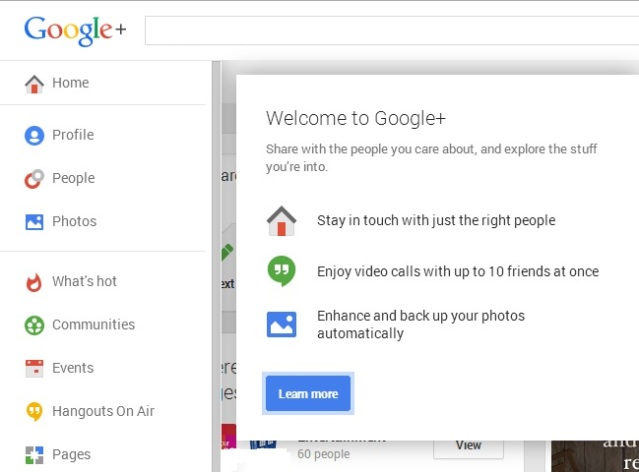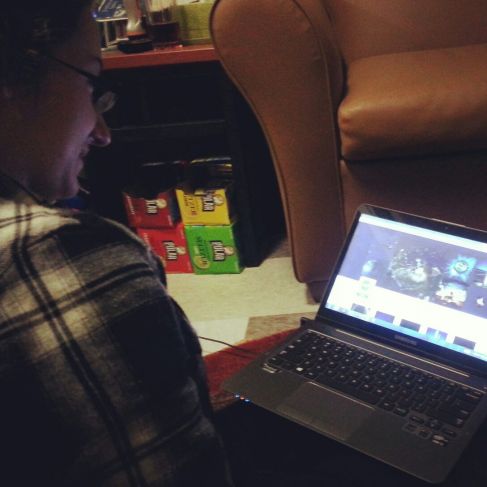We always think we know social media because we use it every day, but there are a lot of aspects to each site that most people know nothing about. As people going into PR, it is important to use each site to it’s fullest for either personal use or for public use through a business. For example, Twitter has a feature called Twitter lists that makes it easier to organize the tweets as they come up. It is not only beneficial for organization sake, but it can be incredibly helpful as a PR practitioner.
There are two types of Twitter lists, public and private. “Public Twitter lists are great if you want to recognize the people on your list for being superstars.” (Meltwater.com). Public Twitter lists send notifications to those you have added to the list to let them know that they are there. People can also subscribe to your public Twitter lists and can receive the tweets from all those included in your list. Private Twitter lists are the exact opposite, nobody can see these lists, but yourself which is especially helpful for those who aren’t willing to give up their secrets on a social media site.
For a PR practitioner, having lists for journalists and bloggers can be incredibly beneficial especially if broken down into specific lists for different kinds of bloggers and journalists. By having lists for these groups of people you can easily stay in contact with them and keep a friendly relationship, which would help get your stories out into the public more often. “[J]ournalists should have plenty of relevant content that you can engage in conversation about, and share with your followers – which can help you build a relationship with a journalist you haven’t met” (Meltwater.com). Especially with journalists you haven’t had much contact with just yet, this could be a great way to build a professional relationship. The same should go with the list for bloggers, by keeping in regular contact with them and sharing their content with your followers, you are building a professional relationship to help you when you need someone to promote your product. By having these lists, it is easier to see different content from these different groups instead of putting them all together in a mess of people where you are less likely to see their content.
Of course, Twitter lists are useless unless you use them correctly. You still have to read through posts and engage with people, but there is more organization to it and can more effectively read tweets and build relationships with other users.
Do you feel you could positively impact your PR presence with Twitter lists? Have you found any other interesting social media tools that can be used in PR?








